Subscribe to Green Tea Podcast:
Did you watch our video?
The History of Japanese Green Tea
To know more about Japanese green tea’s history, let’s explore and discuss further the full green tea journey.
Green tea became a staple drink, and we will show you how Japanese green tea turned into a worldwide sensation.
You will learn how the Matcha and tea ceremonies were created and how Samurai culture was affected by tea!
Let's first travel to the 8th Century in Japan.
The Year 710-784: The Origin of Tea in Japan During the Nara Period
Tea was first brought to Japan during the 8th century Nara period from Tang Dynasty China via envoy by three Buddhist monks, Saicho, Kukai, and Eichu. They often traveled with diplomatic envoys during that period, as they were the leading scholars of Buddhism and shared commonality between the two countries. They brought the seeds with them to Japan and cultivated them as medicinal herbs.
Green tea leaves were used only by priests and noblemen.
Fast forward to the 9th Century.

The Year 809-823: Buddhism and Tea in the Reign of Emperor Saga During the Heian Period
The monk Eichu invited Emperor Saga, the 52nd Emperor of Japan, and he personally brewed the tea and served it to Emperor Saga at the Bonshakuji Temple in 815, according to the Nihon Koki, or "The Later Chronicles of Japan," which is the first document to refer to tea drinking in Japan. Emperor Saga Tea was rare and had only just been introduced, so drinking tea was limited to monks and members of the Imperial Court.
Emperor Saga played a vital role in importing tea seeds from China and the subsequent popularization of tea in the country in the 9th Century. Furthermore, his support and encouragement caused a boon in the tea plant's cultivation, thus beginning the long and illustrious history of tea in Japan.
In the early years, tea was cultivated and produced by steaming the leaves and forming them into bricks for transportation. These bricks were then roasted and ground into a powder mixed with water and salt to create the tea drink.
Unfortunately, in 823, Emperor Saga was forced to abdicate his throne because of financial troubles. One of the reasons is that he has many concubines and children. During this time, many droughts happened, and green tea growing was also affected.
Let's fast forward to…
The year 1100-1200s: Eisai and Green Tea in Japan
Eisai was a Zen Master and Buddhist monk credited with introducing Zen Buddhism to Japan and green tea. Dissatisfied with Buddhism in Japan, Eisai traveled to China numerous times in the late 12th Century and received his Zen Master certification. He was the first Japanese monk to receive it.
In 1191, he returned to Japan and founded the Rinzai sect of Zen Buddhism. He also brought the green tea seeds with him to Kyoto and promoted the tea for its many medicinal qualities, particularly heart health.
Eisai introduced tea to the samurai class. He wrote a book. Kissa Yojoki, or "How to Stay Healthy by Drinking Tea".
It is a book about green tea in Japan and was sent as a gift to the Shogun. It was mentioned in the book about the health effects of tea and its positive effect on vital organs. The book described tea plants and the processing of tea leaves.
Samurai were holding tea competitions and drinking tea before going to battle. They believe that tea gives them energy and presence of mind.
Green tea became a favorite drink of the upper classes in Japan, and due to the increase in demand, the production of tea was developing new techniques by simply turning green tea leaves into powder. After this, Zen Buddhist monks developed a new method for growing green tea plants in the shade.
Not only was green tea popular among the warrior class, but also Zen Buddhism.
Since the upper class enjoyed tea as a rare and expensive commodity, farmers tried to save the tea from frost damage by using a canopy called Tana leaves in the colder months. However, farmers discovered that tea grown in the shade had a more mellow taste.
This tea eventually became known as the matcha we know today.
In 1271, the Buddhist monk Kohken planted tea trees in the Ujiwara region of Kyoto. Kyoto then became the country's number-one producer of tea.
Let's continue our time travel and discover anything about green tea from the development of the tea ceremony in the 16th Century until how Matcha has become a trend today.
The year is 1500: The Birth of Tea Ceremony
In 1504, the Japanese who visited Ming Dynasty China brought ceramic pots to Japan.
During the 15th Century, Ashikaga Yoshimasa, the 8th shogun of the Ashikaga shogunate, constructed the first tea ceremony room (shoin chanoyu) to feature his collection of Chinese cultural artworks and objects. Later, there are study rooms (shoin) for Zen Buddhist monks featuring a tatami (mat) and a desk.
These were followed by Japanese traditional living rooms (chashitsu) that we often see in Zen gardens and tea ceremonies.
From 1338 to 1573, the Japanese upper class had tea cottages designed for tea enjoyment. They watch someone gracefully prepare tea, and they drink tea for relaxation. A Buddhist tea master named Rikyu, said to be responsible for the popularization of the wabi-sabi aesthetic, is largely credited with developing the enduring rituals and philosophy of the tea ceremony.
He developed many rituals and practices that became commonly accepted as vital aspects of the tea ceremony, including directly incorporating the wabi-sabi aesthetic into the tea ceremony. Rikyu made a rule that matcha must be served with candies or confections.
His personal development of aspects such as the small, rustic rooms known as So-an, the flower containers, the bamboo lid rests, the Raku technique of making bowls, and the emphasis on simple objects were instrumental in developing the tea ceremony.
Let's go to the world of the Samurai in the Edo Period!
The Edo Period (1600-1868): Samurai and the Tea Ceremony
In 1610, Japan made its first tea export when it sold tea to the Dutch East India Company in Nagasaki, and then the company shipped the tea from Nagasaki to Europe.
During Japan's Edo Period, the country was rife with civil war, and the warrior class known as the Samurai rose to great esteem and prominence. The ceremony previously dominated by the highly influential Buddhist monks became adopted by the Samurai beginning in the 17th Century and continued for hundreds of years as the Samurai refined and developed their practice.
A common misconception about the tea ceremony and the warrior class is the assumption that Samurai used the practice as a tranquilizer against the aggression of battle.
This is contrary to the Samurai view of both battle and tea ceremonies.
Samurai used the ritual of the tea ceremony as metaphorical disciplinary training to prepare them for battle.
A sudden change of weather, unforeseen event, or misstep in the tea ceremony taught them the discipline of maintaining principles of behavior and commitment despite unexpected changes or mistakes on the battlefield.
It taught them that one misstep can lead to many and that an ethic and practice rooted in discipline and careful understanding could improve martial strategy and results.
In the 1600s, the monk Kouyugai Baisao began a movement countering the strict tea ceremony rituals and advocating a looser approach to its consumption. He was instrumental in the adoption of a new tea-making technique that became known as Sencha. He believed that green tea should not be exclusive to aristocrats, warriors, and the upper class.
In 1735, he opened his tea shop and introduced tea to ordinary folks. After his death, he was credited as one of the first sencha masters.
In 1738, Sohen Nagatani improved how sencha was processed. The people of Uji were so grateful that they built a shrine for him. Every October, people visit his grave to give thanks for his contribution to the development of the tea industry.
By this time, green tea was the drink of choice all over the country, not just for upper-class people.
Alongside the increased availability and popularity of green tea and tea consumption, the 18th-century development of Sencha led to the availability of various other types of green tea to the public. Over time, Sencha became the most widely consumed tea in Japan.
We will now go to modern times, from the 19th century forward!
The 1800s and Beyond: Machinery and Tea Production
In 1859, Japan was one of the top tea exporters since they opened their ports for trading after the Tokugawa period. As a result, 181 tons of tea were exported during the year.
At the end of the 19th Century, the practice of hand-rolling the tea leaves known as Temomi could not keep up with increased levels of production and demand.
During the Meiji era (1869–1922), rolling machines were made for faster production and improved quality control.
Because of this, tea production had grown to a yearly quantity of 24 million kilograms thanks to the mechanical shears and processing machines, allowing tea production to increase at a steady rate.
Machine automation and sensors in the 20th Century increased production capabilities.
We will now go back to the present!
Current Tea Popularity in Japan
Green tea has remained a trendy beverage throughout the centuries.
However, tea consumption has declined among the youth population. It is uncommon for young people to keep teaware in their homes, as they prefer bottled tea or other quick drinks. Read more about it here.
The consumption of coffee has also skyrocketed. Read more about Japanese Coffee History here. In some places, tea production has fallen by as much as 15% in recent years. At the same time, green tea has also become a phenomenon worldwide, especially in America, where it is viewed as nutrient-rich and a healthier source of caffeine than coffee. Like Eisai in the 12th Century, some advocate tea as medicine, and many studies have been conducted on its cancer-fighting and anti-inflammatory properties.
Eventually, matcha, a Japanese tea that has leaped from fast-produced beverages to become a trendy drink often offered as a healthier alternative to coffee, Matcha lattes or frappuccinos are widely available, as are canned and bottled Matcha tea. In Japan, Matcha-flavored sweets are also trendy, as is green tea mochi ice cream.
There is no doubt that tea has had an enormous influence on Japanese culture, from its relationship with religion and the development of tea ceremony and aesthetics to its impact on battle strategy and becoming a household beverage.
Green tea has been evolving since the beginning, and as you can see, it is still changing its shape and evolving. So, where does it go from here? Well, you may be holding the key in your hand.
What's your cup of tea today?
This post about the history of Japanese green tea was first published in 2021. We added the audio of this blog in 2022 just for you.
Get Free Bonus Books




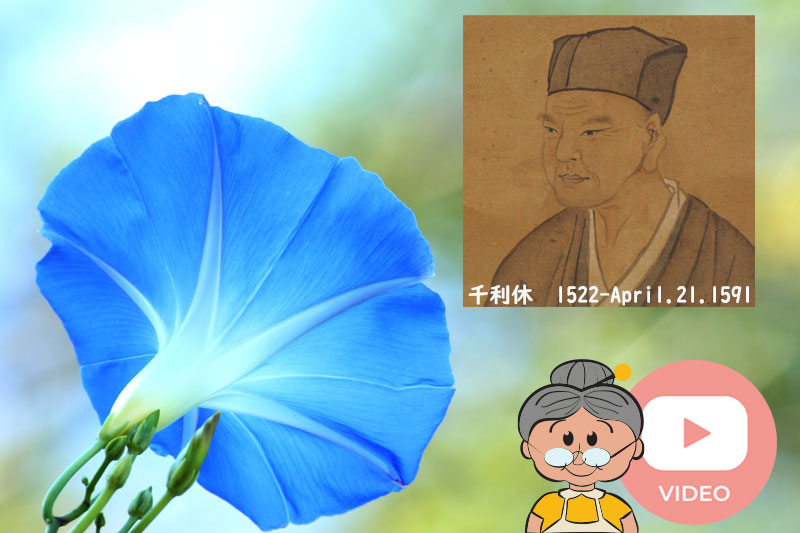
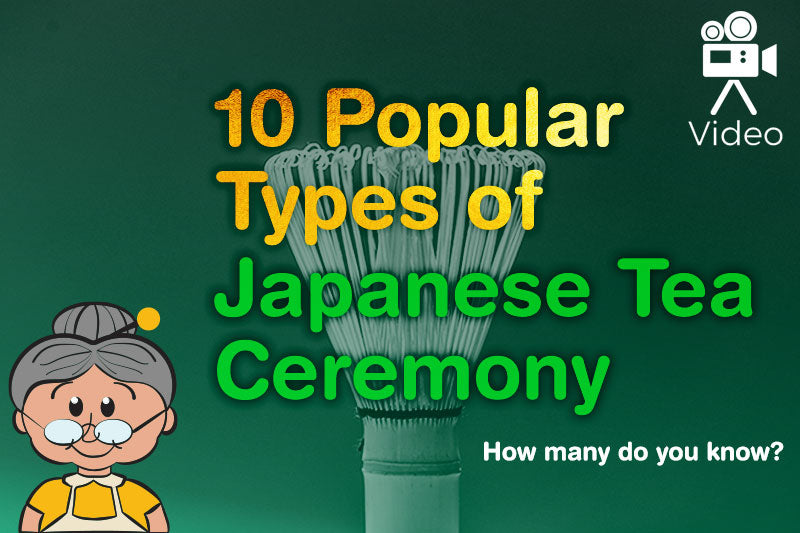
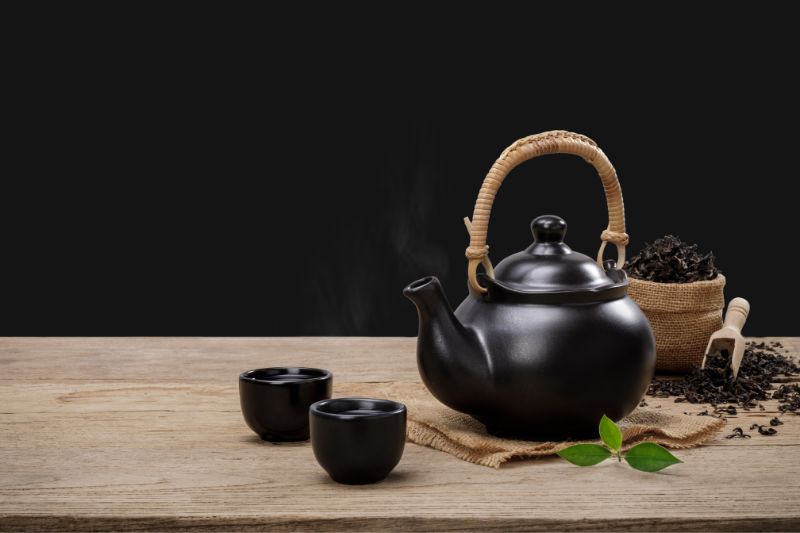
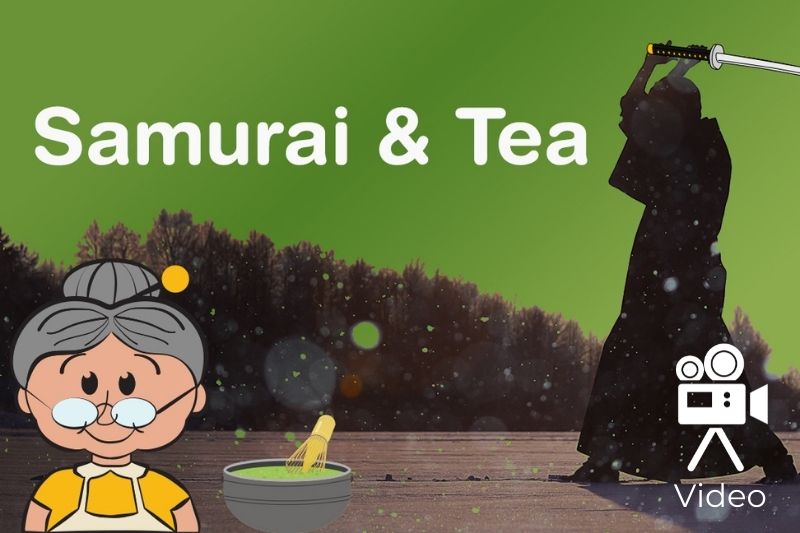
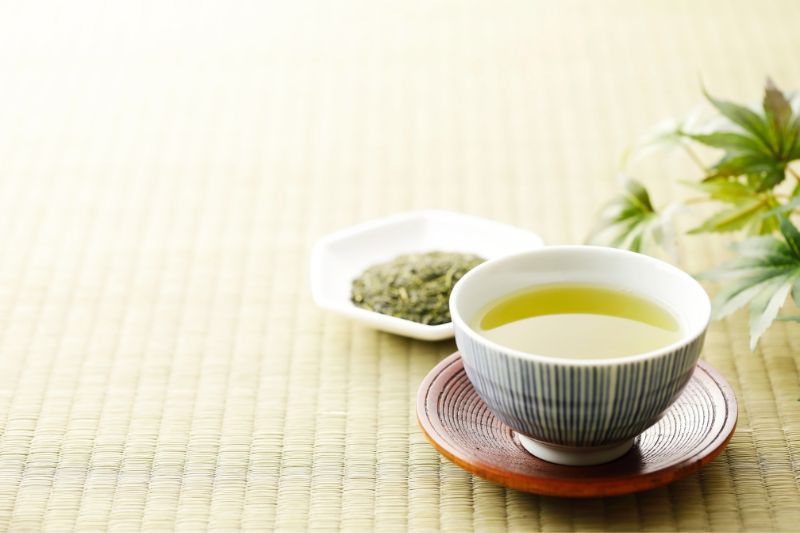
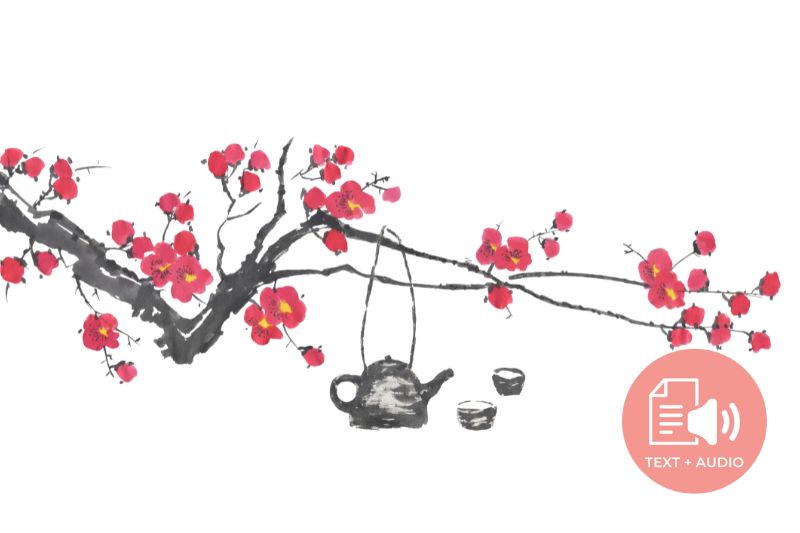
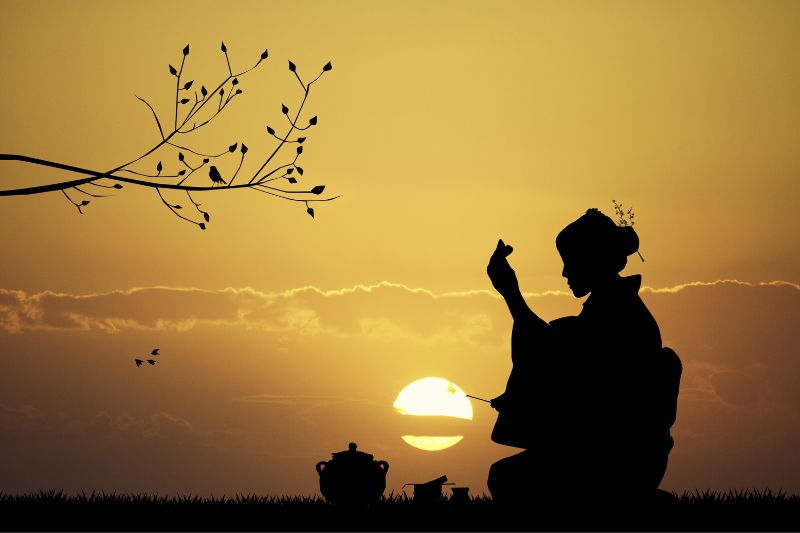
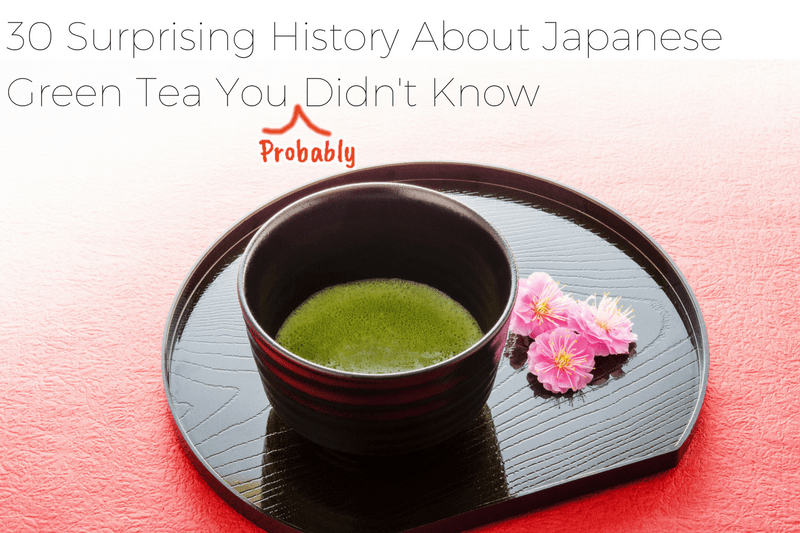
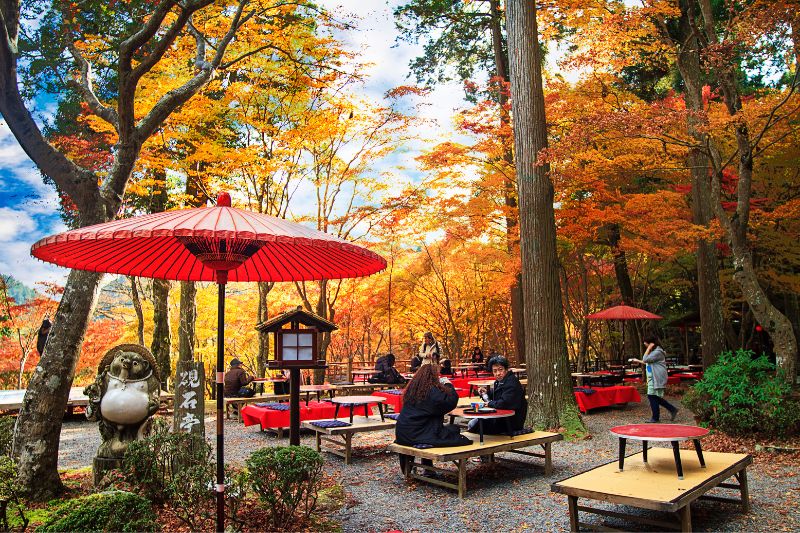
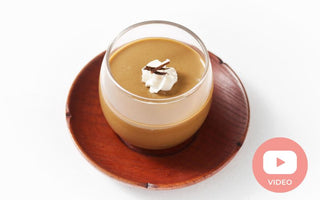

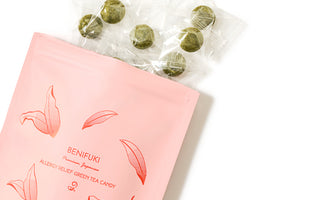
OMG! This cracked me up because it’s sooooo true! T This information-packed blog covers everything from the latest tea flavor profiles Expect tips, tricks, and delicious, foolproof recipes. “Thank you so much for sharing all this wonderful info with the https://.com/collections/coffee! It is so appreciated!!!” “You always have good humor in your posts/blogs. So much fun and easy to read!